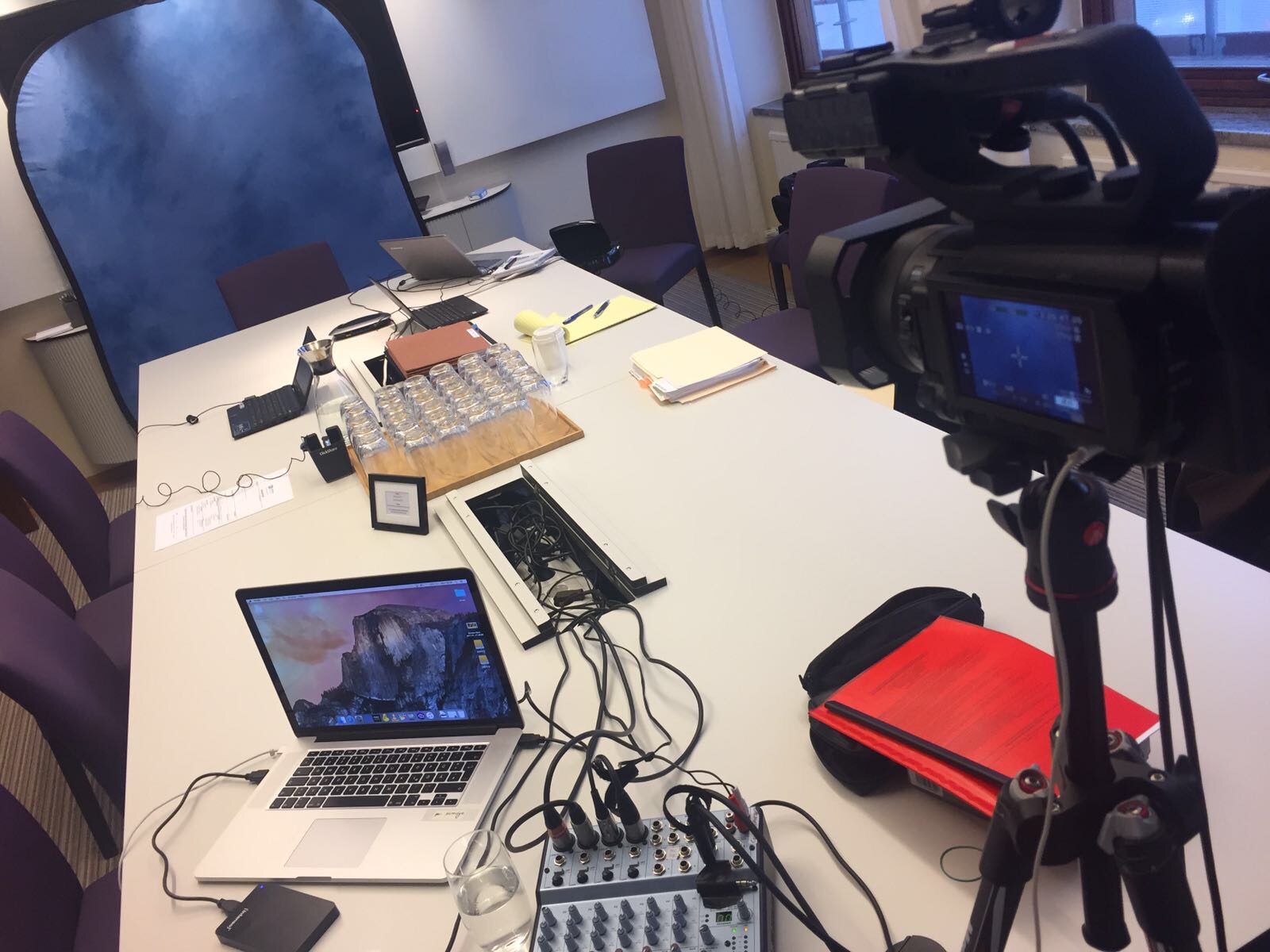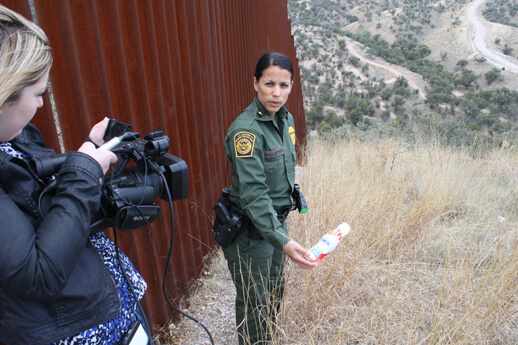Looking Into the Systems of Lawful Videography: Unveiling Its Operation in Shielding Genuine Aesthetic Testament for Judicial Proceedings
In the world of judicial proceedings, the function of lawful videography stands as a foundation in maintaining and presenting visual evidence. As modern technology remains to advancement, the mechanisms behind lawful videography have come to be increasingly intricate, providing a crucial layer of credibility to testimonies captured on video clip. By delving right into the operational intricacies of lawful videography, one can discover the careful processes that safeguard the stability of aesthetic evidence offered in courtrooms - Legal Videography. This expedition not just loses light on the historic evolution of legal videography but additionally hints at the future trends that may better transform exactly how aesthetic testaments are promoted in the realm of justice.
Historic Development of Lawful Videography
Taking a look at the historic progression of lawful videography exposes a considerable improvement in the catching and discussion of aesthetic proof within the lawful landscape. In the past, lawful proceedings heavily counted on created pictures and records to record occasions and provide evidence. With the introduction of video clip modern technology, the legal industry witnessed a paradigm shift in how aesthetic testament was captured and offered.
The advancement of lawful videography can be mapped back to the late 20th century when improvements in video clip recording equipment made it more available for use in courtrooms. This technical development not only improved the accuracy and integrity of visual evidence however also transformed the means instances were presented to courts and judges (Legal Videography). Attorneys started to recognize the persuasive power of video clip recordings in conveying feelings, subtleties, and non-verbal signs that written transcripts or photos alone might not catch efficiently

Technology Advancements in Video Documentation
What crucial technical advancements have changed video paperwork in the legal field? The legal area has seen substantial improvements in video documentation modern technology that have actually boosted the authenticity and reliability of aesthetic proof in judicial proceedings.
Additionally, improvements in video clip encryption and watermarking technologies have reinforced the safety and tamper-proof nature of video clip proof, safeguarding it against unauthorized changes or meddling. Furthermore, the advent of cloud storage space solutions and remote accessibility capacities has streamlined the storage, access, and sharing of video evidence, promoting smooth partnership among lawyers and ensuring efficient accessibility to vital visual testaments when required. These technical developments in video paperwork have most certainly reinvented the legal area, improving the precision, reputation, and admissibility of aesthetic evidence in judicial proceedings.
Function of Lawful Videographers in Courtroom Settings
The evolution of video clip paperwork modern technology in the lawful field has necessitated a crucial role for legal videographers in court settings, making certain the stability and dependability of visual testimonies offered during judicial procedures. Legal videographers play an essential function in catching and preserving accurate visual proof that can be critical in lawsuit. Their duty reaches setting up tools, videotaping proceedings, and producing top quality video clips that accurately mirror the occasions in the courtroom.
In court settings, legal videographers must follow rigorous guidelines and criteria to maintain the credibility of the visual document. They need to possess an eager eye for information and a complete understanding of legal procedures to make sure that the video footage they record is a real depiction of the occasions that transpired. In addition, lawful videographers typically work very closely with legal groups to make sure that the video proof straightens with the case's requirements and can be properly presented in court to support the lawful arguments being made. Generally, the function of legal videographers in courtroom setups is important in promoting the concepts of justice and making sure the transparency of legal procedures.

Ensuring Admissibility and Honesty of Video Proof
To keep the reliability of aesthetic proof offered in lawful proceedings, ensuring the admissibility and integrity of video clip proof is an essential duty for lawful videographers. Admissibility refers to the acceptance of evidence by the court, and for video clip evidence to be admissible, it has to meet particular requirements. Legal videographers play a critical role in ensuring that the videos they catch adhere to the guidelines of evidence, such as reliability, credibility, and significance.
Stability of video clip proof involves maintaining the originality and accuracy of the video footage from the moment it is videotaped up until it is provided in court. This includes securely storing the video clip visit this website files, documenting the chain of custody, and avoiding any tampering or alterations. Lawful videographers need to adhere to stringent procedures to assure the integrity of the video evidence and avoid any type of difficulties to its authenticity.
Future Trends in Legal Videography
Offered the enhancing dependence on innovation in legal process, legal videographers are poised to embrace ingenious developments forming the future of aesthetic testimony capture and presentation. Among the prominent patterns coming up is the integration of virtual truth (VIRTUAL REALITY) and boosted truth (AR) innovations into legal videography. These technologies have the prospective to revolutionize exactly read review how aesthetic evidence is offered in courtrooms, permitting judges and courts to submerse themselves in the scene of the criminal offense or case.
Additionally, making use of fabricated intelligence (AI) formulas for video clip analysis is expected to enhance the procedure of reviewing and evaluating large amounts of video clip footage. AI can aid in identifying vital minutes, abnormalities, and patterns within video clips, enhancing the efficiency of lawful investigations.

Verdict
Finally, lawful videography has actually played a vital function in giving authentic visual proof for judicial process. Via technological innovations and the knowledge of lawful videographers, the integrity and admissibility of video clip proof are made certain in court room setups. As legal videography proceeds to evolve, it will be important to copyright requirements that maintain the precision and dependability of aesthetic testament for the future of legal process.
Taking a look at the historic development of lawful videography discloses a substantial change in the catching and presentation of visual evidence within the legal landscape.The evolution of video documentation innovation in the legal area has demanded an important function for lawful videographers in court settings, making certain the integrity and integrity of visual statements more helpful hints provided during judicial process. Additionally, legal videographers often function very closely with lawful groups to ensure that the video evidence straightens with the instance's demands and can be efficiently provided in court to sustain the legal arguments being made.To keep the trustworthiness of aesthetic evidence provided in legal proceedings, making certain the admissibility and stability of video clip proof is a crucial duty for lawful videographers. As lawful videography proceeds to advance, it will certainly be vital to copyright criteria that preserve the precision and dependability of visual testimony for the future of lawful proceedings.
Comments on “How Legal Videography Improves Court Presentations and Evidence”